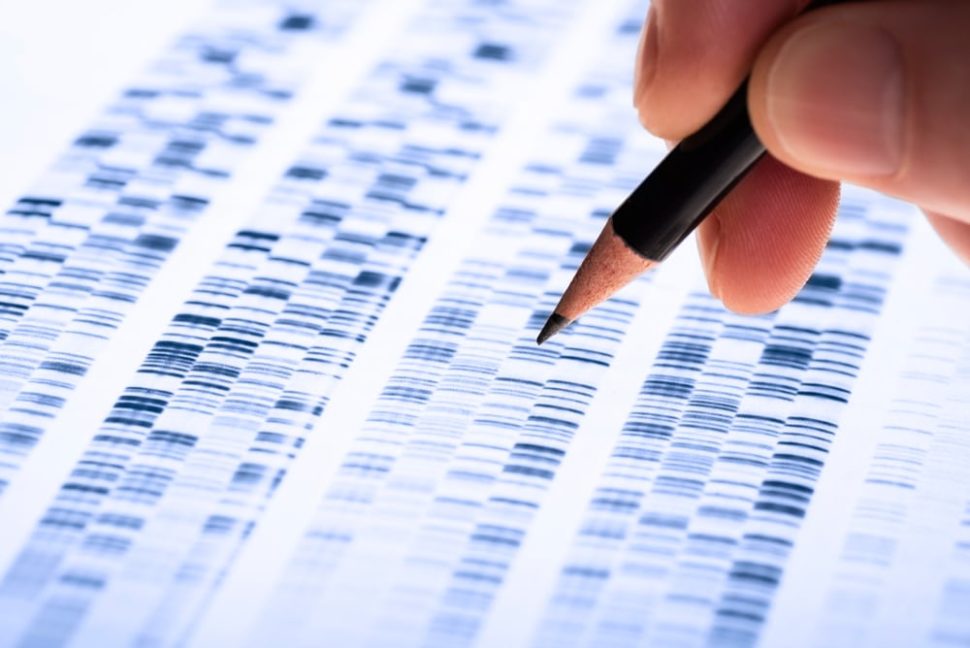In a world’s first, researchers were able to cure a genetic condition in a mouse model using gene-editing treatment.
Researchers from Carnegie Mellon and Yale Universities have reportedly used gene-editing treatment to cure a genetic disorder in a mouse. It is the first time that such a method was used to treat the condition which is common during fetal development.
In their study, published in the journal Nature Communications, the researchers detailed how their process could have huge benefit especially in treating genetic issues during embryonic development.
“Early in embryonic development, there are a lot of stem cells dividing at a rapid pace. If we can go in and correct a genetic mutation early on, we could dramatically reduce the impact the mutation has on fetal development or even cure the condition,” Danith Ly, a professor of chemistry in Carnegie Mellon’s College of Science, said.
To date, around 8 million children are born with severe genetic conditions every year. Typically, genetic disorders are often detected using amniocentesis during pregnancy. However, medical researchers still do not have any cure to these genetic conditions before childbirth.
For their research, Ly and her colleagues used a peptide nucleic acid-based gene-editing technique to cure their mouse model. The method was used by the team to treat a genetic blood disorder that causes a decrease in hemoglobin production known as beta thalassemia.
Ly created the peptide nucleic acids at the Center for Nucleic Acids Science and Technology in Carnegie Mellon. The process involves combining a synthetic protein backbone with the nucleobases from both DNA and RNA.
The team then delivered the PNA molecules they paired with the donor DNA to the genetic mutation site using an FDA-approved nanoparticle. Once the PNA-DNA pair identified the mutation error, the PNA molecule binds to the DNA, unzipping its two strands.
After this, the donor DNA will unite with the faulty DNA, stimulating its repair pathways for the error to be corrected.
The gene-editing treatment allowed the researchers to correct six percent of mutations when injected during gestation. They claimed that six percent correction was all it takes to spur significant improvements in the mouse model’s beta thalassemia symptom, enough for it to be declared cured.
Aside from its efficiency, the researchers noted that their treatment has no off-target effects like CRISPR/Cas9.
“CRISPR is much easier to use, which makes it ideal for laboratory research. But the off-site errors make it less useful for therapeutics,” Ly went on to say. “The PNA technique is more ideal for therapeutics. It doesn’t cut the DNA, it just binds to it and repairs things that seem unusual. We looked at 50 million samples and couldn’t find one offsite error when we used our PNA gene editing technique.”



















Comments (0)
Most Recent